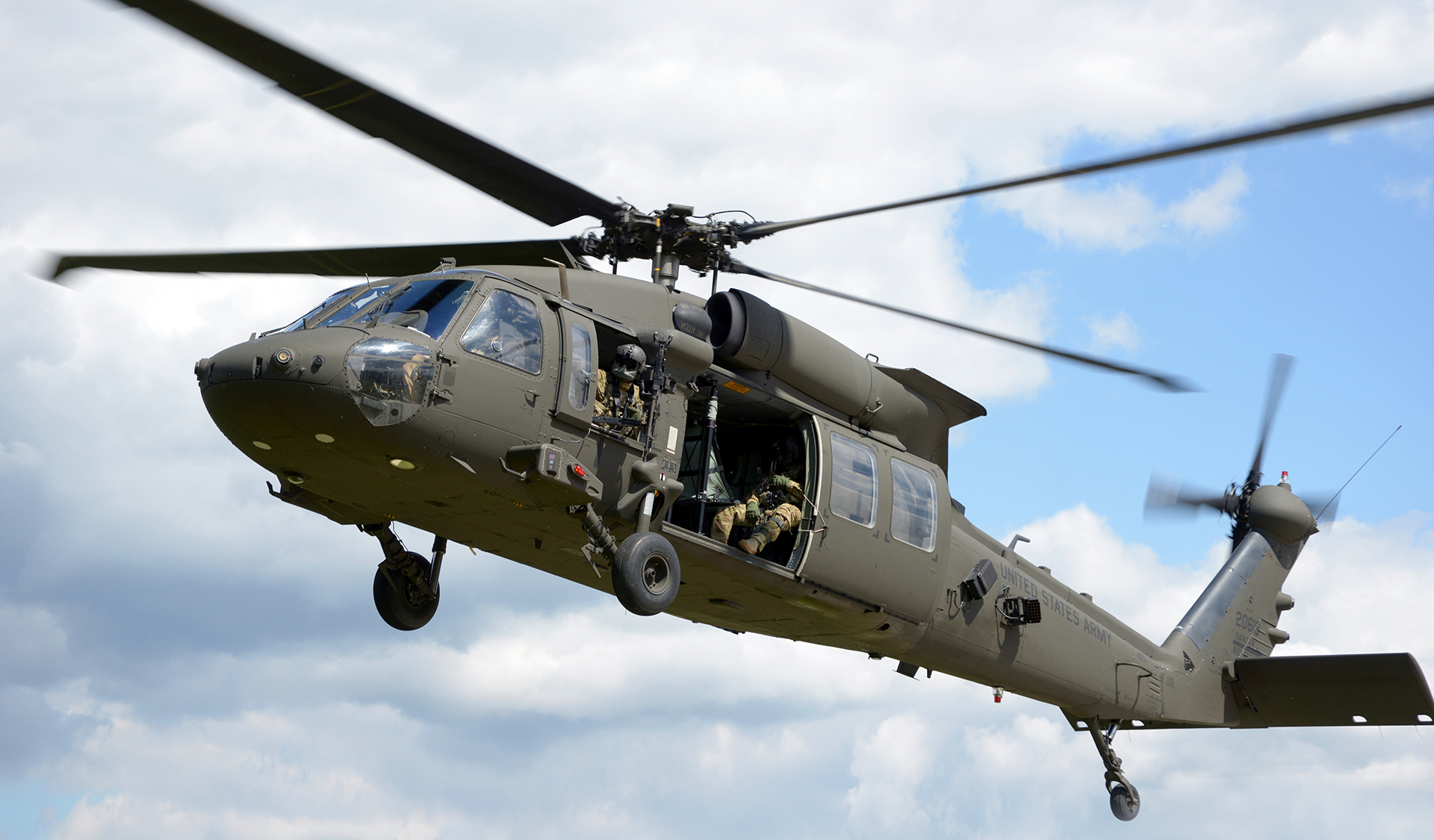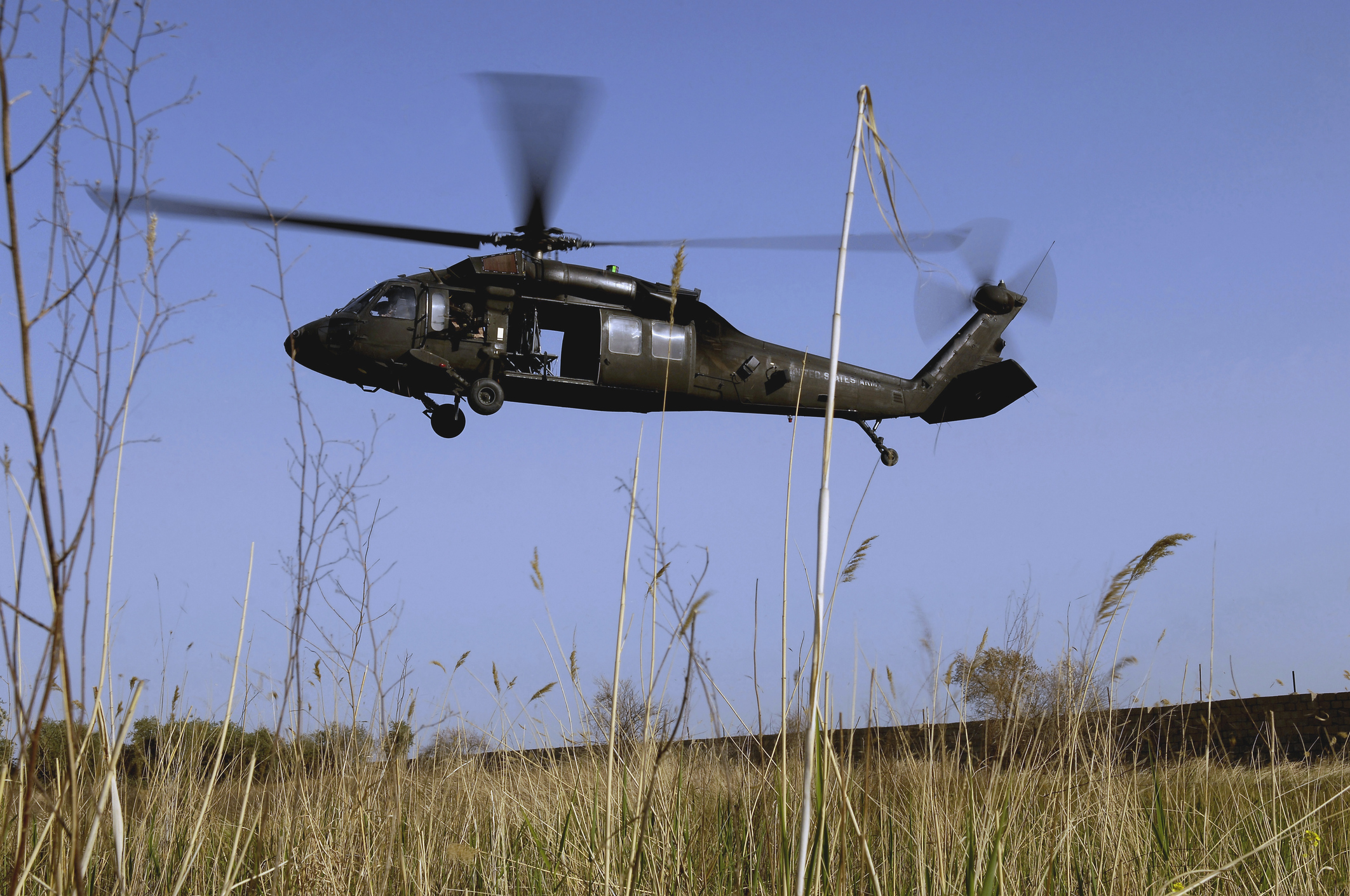Understanding the UH 60: Design, History, and Its Impact on Military Aviation
Understanding the UH 60: Design, History, and Its Impact on Military Aviation
Blog Article
Discovering the Background and Evolution of the UH 60 Helicopter

Beginnings of the UH-60
The origins of the UH-60 helicopter can be mapped back to the late 1960s, a period marked by the requirement for a flexible energy aircraft that can adapt to the progressing needs of modern-day war. The U.S. Military identified the necessity for a replacement for the older UH-1 Iroquois, which was becoming progressively insufficient for the complexities of contemporary combat circumstances. In 1967, the Army launched the Utility Tactical Transportation Aircraft System (UTTAS) program, which sought to create a multi-role helicopter efficient in various missions, consisting of army transport, clinical discharge, and logistical assistance.
The layout competitors attracted several aerospace producers, yet it was Sikorsky Airplane Corporation that ultimately protected the contract in 1972. The UH-60 Black Hawk was presented, showcasing ingenious layout aspects and progressed innovation that set it in addition to its precursors. Its first flight happened in 1974, and the airplane was officially adopted by the Army in 1979. The UH-60 promptly got acknowledgment for its durable efficiency, reliability, and adaptability, leading the method for its comprehensive usage in military operations and solidifying its standing as a keystone of U.S. Military aeronautics.
Trick Layout Features
Cutting-edge design features of the UH-60 Black Hawk substantially add to its functional effectiveness. One of the most notable facets is its twin-engine arrangement, which boosts integrity and offers a greater power-to-weight proportion, allowing the helicopter to do under different conditions. The aircraft's four-blade primary blades system supplies enhanced lift and maneuverability, necessary for tactical missions.

In addition, the cabin is designed for optimal visibility and functional designs, featuring innovative avionics that enhance pilot procedures. The modular style of the UH-60 enables simple upkeep and flexibility, making it ideal for numerous objective accounts, from troop transport to medevac operations. These vital style attributes guarantee that the UH-60 Black Hawk stays a flexible and reliable possession in army aviation, with the ability of meeting the demands of contemporary warfare.
Technical Innovations
Recent technical improvements in the UH-60 Black Hawk have dramatically boosted its operational capacities and flexibility. The assimilation of advanced avionics, such as digital flight control systems and improved situational understanding display screens, allows pilots to run with boosted accuracy and performance. These systems facilitate improved navigating, communication, and information sharing, allowing the helicopter to function successfully in diverse atmospheres.
Furthermore, the intro of composite materials has actually decreased the general weight of the aircraft while maintaining structural honesty. This reduction improves fuel performance and extends operational array. The incorporation of innovative blades technology, consisting of using four-blade, completely articulated rotor systems, has actually enhanced lift performance and maneuverability, enabling better handling in different trip problems.

Furthermore, innovations in propulsion systems, such as the T700-GE-701D engines, have actually raised power outcome and reliability - uh 60. These engines add to premium efficiency in high-altitude and hot-weather problems
Last but not least, the integration of self-defense systems and enhanced sensor packages enhances the Black Hawk's survivability and objective efficiency. Collectively, these technical improvements guarantee that the UH-60 Black Hawk continues to be a vital possession in modern read this aviation, with the ability of adjusting to the evolving needs of altruistic and armed forces goals.
Function in Military Operations
As the foundation of U.S. Military air travel, the UH-60 helicopter plays an essential role in numerous armed forces procedures, acting as a flexible system for battle support, transportation, and medevac missions - uh look at here 60. Its layout includes the capacity to operate in varied environments, making it essential for troop movement and logistical support in both unconventional and conventional war

In clinical discharge scenarios, the UH-60 has confirmed vital, considerably reducing the moment to deliver injured soldiers from the battleground to medical facilities. Its advanced avionics and evening vision abilities better ensure mission success under tough conditions. In general, the UH-60 helicopter remains a crucial asset, continuously adjusting to meet the advancing demands of army procedures and enhancing the performance of U.S. pressures worldwide.
Future of the UH-60
Looking in advance, the future of the UH-60 helicopter includes substantial developments in innovation and capacities designed to boost its functional effectiveness. As military procedures develop, the UH-60 is anticipated to integrate cutting-edge innovations, including boosted avionics, enhanced weapons systems, and progressed interaction tools. These enhancements will certainly permit for greater situational understanding and goal flexibility, making sure that the UH-60 remains an essential asset on the combat zone.
One remarkable development is the combination of fly-by-wire systems, which will certainly boost trip control precision and lower pilot workload. Initiatives to upgrade the airframe and engines intend to enhance array, rate, and payload capability, therefore broadening the helicopter's functional extent.
The future also holds pledge for boosted interoperability with unmanned airborne systems (UAS), making it possible for coordinated goals that utilize both manned and unmanned capacities. Furthermore, the consolidation of expert system and machine knowing can optimize flight dynamics and maintenance procedures, resulting in decreased operational expenses.
Verdict
The UH-60 Black Hawk helicopter represents a significant achievement in armed forces aeronautics, advancing from the united state Military's first demands for a functional utility aircraft. Its cutting-edge style features and constant technological innovations have actually guaranteed its significance in various armed forces procedures over the decades. As the needs of modern-day warfare modification, the future of the UH-60 will likely involve additional enhancements and adjustments, enhancing its condition as an important property for militaries worldwide.
The UH-60 Black Hawk helicopter stands for a significant landmark useful reference in army aeronautics, arising from the U.S. Military's quest for an extra functional and trustworthy energy aircraft in the late 20th century.The origins of the UH-60 helicopter can be traced back to the late 1960s, a period marked by the need for a functional energy airplane that can adapt to the evolving needs of modern-day warfare. Overall, the UH-60 helicopter continues to be a crucial asset, continuously adapting to meet the advancing needs of armed forces procedures and enhancing the efficiency of United state pressures worldwide.
Looking ahead, the future of the UH-60 helicopter includes significant improvements in modern technology and capacities designed to boost its operational effectiveness.The UH-60 Black Hawk helicopter stands for a significant achievement in army air travel, evolving from the United state Military's initial requirements for a versatile energy airplane.
Report this page